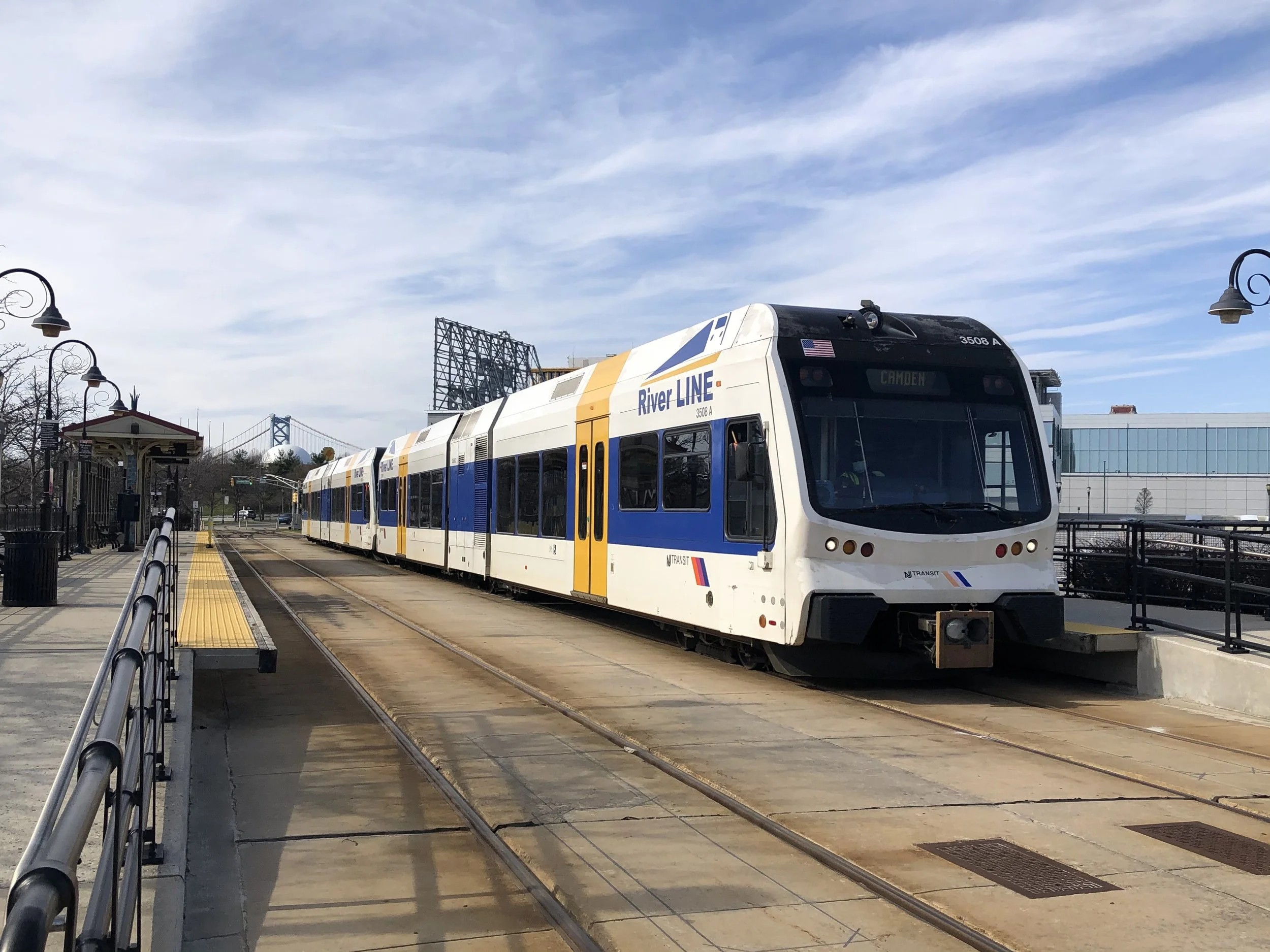This episode covers the history of the Class II railroads in the Mid-Atlantic Region, primarily the Reading, Central Railroad of New Jersey, Penn-Reading Seashore Lines, and Northern Central.
BGT Episode 23: [Railroad History Miniseries 4] Mid-Atlantic Class Is
This episode covers the history of the Class I railroads in the Mid-Atlantic Region, primarily the New York Central and Erie-Lackawanna.
Roundhouse Podcast M497 Black Beetle Episode: https://theroundhousepodcast.com/2018/03/19/jet-powered-train-the-story-of-m497/
Well There’s Your Problem Penn Central Episode 1: https://podcasts.apple.com/us/podcast/well-there-s-your-problem/id1487829595?i=1000552027994
Well There’s Your Problem Penn Central Episode 2: https://podcasts.apple.com/us/podcast/well-there-s-your-problem/id1487829595?i=1000554232906
Well There’s Your Problem Penn Central Episode 3: https://podcasts.apple.com/us/podcast/well-there-s-your-problem/id1487829595?i=1000558986111
BGT Episode 19: [Railroad History Miniseries 3] Railroads of Southern New England
Greetings even more Patient Listeners,
In this episode, I’ll give a history of railroading in Southern New England and the Northeastern Mid-Atlantic States, covering the Class Is, IIs, and IIIs of note. Don’t worry, something else fun is coming down the pipeline hopefully soon.
~G4
BGT Episode 17: [Railroad History Miniseries 2] Railroads of Northern New England
Greetings Patient Listeners,
In this episode, I’ll give you a history of railroading in Northern New England. I’ll cover, in order, the Class I, II, and III railroads of note, then end with an interesting story regarding railroad preservation. I hope you all enjoy!
~G4
BGT Episode 14: [Major Railroads Miniseries 1] A History of North American Railroading
Hello Poptarts!
In this episode, I’ve decided to start a new miniseries, wherein I will cover all the major railroads throughout history. In this first episode, however, I will give you a brief overview of the entire history of North American railroads, from the 1820s to the present! Hopefully, as this series goes on, you will be inspired by a railroad or two to research more and maybe even start building a model railroad thereof!
BGT Episode 9: Prototype Research (Track Planning Workshop, Part 3)
In this episode, I wrap up the unintentional trilogy of Track Planning information episodes by giving you the strategies you can use to research a prototype railroad for the purpose of realistically modeling it.
To compliment this episode, I have created a new section of the Links page called Prototype Resources, inspired by listener Skyler, which has links to and details about all the resources I use when researching a prototype railroad. I highly recommend checking it out.
The website that I reference in the episode is here: https://geonames.usgs.gov/apex/f?p=262:1:19084355468963::::: and contains downloadable archives of every USGS map ever made. It has been an invaluable resource to me for over 1/3 of my lifespan, and I hope it brings you as many hours of fascination as it has myself.
BGT Episode 3: Scale and Gauge
Okay, confession, for as long as I've been in the hobby, it has always driven me nuts when someone says "I model in O Gauge". No. Ultra no. Infinity no. Gauge is the distance between the rails, scale is how small the trains are with respect to the prototype.
Scale, of course, is the basis of the hobby. We model things smaller than in reality, but all components of a model railroad are to the same scale to prevent them from looking over- or undersized. The common modeling scales, from largest to smallest are G, O, S, HO, N, and Z.
Several scales use the same gauge track to represent alternate gauges of that scale. For example, F scale uses G gauge track to represent 3ft narrow gauge, and On30 uses HO gauge track to model 30 inch narrow gauge, whereas both G and HO use their respective gauges to represent standard gauge. This is usually done by scaling up the locomotive sizes until the track gauge represents the desired narrow gauge. This is done because it allows modelers of more obscure scales and gauges to more readily use commercially available components. It's one thing to construct a locomotive from scratch, but it's far easier to take, for example, a G scale locomotive chassis and motor, and build a new locomotive on top of that. It increases reliability and accessibility for that hobby niche. Thus, saying which gauge you model in can be very uninformative as to what you do with it, because there could be multiple scales associated with it.
There are many different scales that hobbyists model in, from garden-traversing G scale to city-in-a-coffee-table Z scale. Due partly to the sizes and partly to the histories of each scale, the different modeling scales all have particular advantages. While most people settle into HO or N scale, it is worth understanding all of the other scales and their finesses before you make a choice.
Hopefully, this episode will serve to edify the next generation of modelers on the subject of scales and gauges. As always, please feel free to drop us a line at our contact page if you have any questions, liked above.
BGT Episode 2: Introduction to Model Railroading
In this episode, I will give you a history of model railroading as a hobby, explain a few key features about the hobby, and explain the general steps required to build a model railroad.
